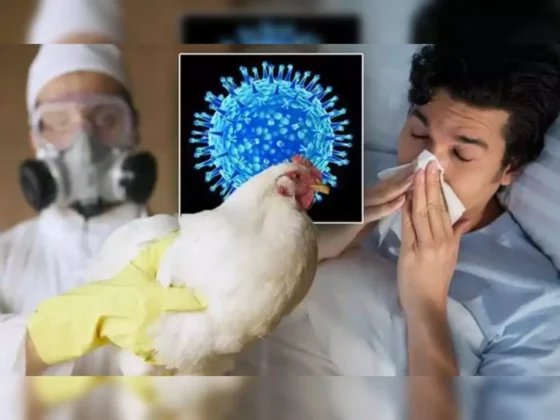South African, or SA, variant is one of the most contagious variants of the coronavirus. Variants of coronavirus are appearing in different parts of the world. However, not all variants are spreading with alarming speed. But SA has caught the attention of everybody as it has been spreading with alarming speed.
This variant was identified by an international team of researchers, including biomedical scientists from the University of California, Riverside.
The study has been published today in Nature.
“The new COVID-19 variants are the next new frontier,” said Adam Godzik, a professor of biomedical sciences in the UC Riverside School of Medicine and a member of the research team that made the discovery. “Of these, the SA and Brazil strains are most worrying. They have mutations that make them resistant to antibodies we generate with existing vaccines. It is commonly believed we are in a tight race: Unless we vaccinate people quickly and squash the pandemic, new variants would dominate to the point that all our COVID-19 vaccines would be ineffective.”
Godzik and Arghavan Alisoltani-Dehkordi, a postdoctoral researcher who joined his lab two years ago, helped characterize the new SA variant by providing its spike protein structure using computer simulations.
Alisoltani-Dehkordi, discovered the new lineage—or variant—of SARS-CoV-2, the virus that causes COVID-19, from samples collected between Oct. 15 and Nov. 25, 2020, in three South African provinces. By early November, this variant rapidly became the dominant variant in samples from two provinces.
“Each SARS-CoV-2 variant has specific mutations defining it,” Alisoltani-Dehkordi said. “Professor Godzik and I used computer modeling to suggest possible structural and functional consequences of spike protein mutations in the SA lineage. Our analysis, confirmed also by several other research groups, shows that some of the mutations potentially result in a higher transmissibility of the virus and a weaker immune response.”
The SA variant has been detected in at least 40 countries, including the United States.
“This variant is probably spreading in areas where it has not been sequenced and is, therefore, not identifiable,” Godzik said. “In the U.S., sequencing is still a slow process. In many parts of the country, including Riverside, we have no information whatsoever about variants.”
“That’s when it received a high level of interest,” Godzik said. “Subsequent research confirmed it is resistant to vaccines and is spreading. South Africa is doing a good job, however, at controlling the variant through quarantining and other measures.”
All the newly emerged SARS-CoV-2 variants of concern in the United Kingdom, South Africa, Brazil, and California show common mutational signatures. But each of these variants also has a unique set of mutations. For example, the SA and Brazil variants have two unique mutations on spike proteins K417N and E484K, respectively.
“Our preliminary findings indicate that some of the spike mutations may be associated with increased transmissibility of the SA variant,” Alisoltani-Dehkordi said. “The full significance of spike and other genome mutations in this new lineage, however, is yet to be determined. It needs to be stressed that we do not have enough evidence confirming the higher disease progression, severity, or mortality rate associated with the SA lineage compared to other lineages. But the high transmissibility and unusual divergence of the SA lineage and other recently emerged lineages compared to the wild type creates a high demand for the systematic surveillance of SARS-CoV-2 strains and early detection of variants before they turn into outbreaks.”











